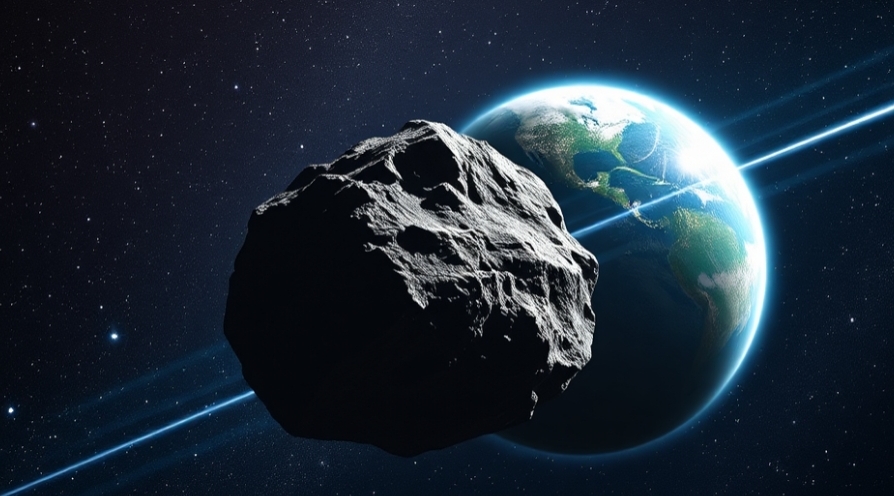The U.S. space agency NASA and the European Space Agency have stated that, after two months of monitoring, scientists have definitively ruled out any threat to Earth from the asteroid “2024 YR4.”
At one point, the probability of the asteroid colliding with Earth in 2032 was estimated at around 3%, placing it at the top of global asteroid risk lists.
Later, the European Space Agency and NASA significantly reduced these probabilities, indicating that the asteroid will safely pass by Earth in 2032 and that there is no threat of an impact in the coming century.
Recent observations of the asteroid’s trajectory conducted using telescopes have eliminated almost any catastrophic scenarios, reducing the risk of collision with Earth to approximately 0.001%.

The asteroid was initially classified as a level three on NASA’s Torino scale of collision risk, which ranges from zero to ten, but was later downgraded to level zero by the European Space Agency.
The asteroid, discovered in December, is estimated to be between 130 to 300 feet (40 to 90 meters) in size and orbits our planet every four years.
Monitoring of the asteroid’s trajectory will continue in the coming months using the James Webb Space Telescope.
It is expected that the asteroid will fall out of the view of ground-based telescopes in the upcoming months, with the possibility of being observed again in 2028, according to experts’ estimates.
In the early 2000s, the asteroid Apophis raised concerns within the international scientific community due to a 2.7% chance of colliding with Earth in 2029; however, that probability quickly decreased to nearly zero.
NASA had tested in 2022 how to deflect an asteroid using the “DART” technology, a $324 million experiment aimed at measuring the effectiveness of altering the trajectories of threatening celestial bodies.
